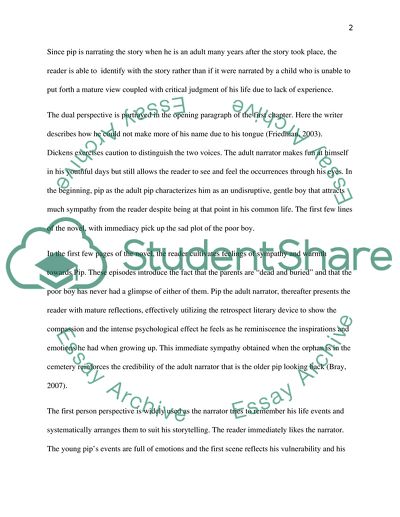Cite this document
(“The Dual perspective Narrative Technique used by Novel Writers Essay”, n.d.)
The Dual perspective Narrative Technique used by Novel Writers Essay. Retrieved from https://studentshare.org/literature/1619715-the-dual-perspective-narrative-technique-used-by-novel-writers
The Dual perspective Narrative Technique used by Novel Writers Essay. Retrieved from https://studentshare.org/literature/1619715-the-dual-perspective-narrative-technique-used-by-novel-writers
(The Dual Perspective Narrative Technique Used by Novel Writers Essay)
The Dual Perspective Narrative Technique Used by Novel Writers Essay. https://studentshare.org/literature/1619715-the-dual-perspective-narrative-technique-used-by-novel-writers.
The Dual Perspective Narrative Technique Used by Novel Writers Essay. https://studentshare.org/literature/1619715-the-dual-perspective-narrative-technique-used-by-novel-writers.
“The Dual Perspective Narrative Technique Used by Novel Writers Essay”, n.d. https://studentshare.org/literature/1619715-the-dual-perspective-narrative-technique-used-by-novel-writers.


